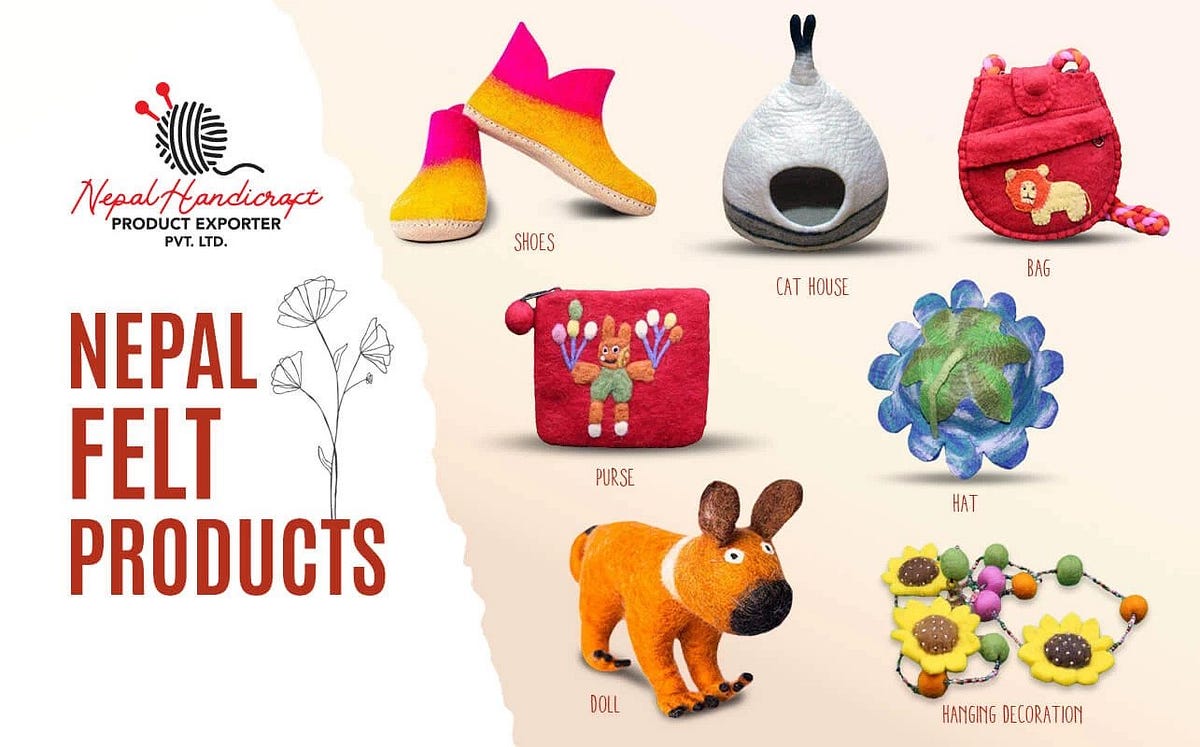Unlocking Nepal's Handicraft Treasures: Exploring Handicraft Shops and Exports
Nepal, a land of cultural richness and artistic heritage, has long been celebrated for its exquisite handicrafts. With a history steeped in craftsmanship, the country boasts a thriving industry that produces a diverse range of traditional and contemporary handmade products. From intricately carved woodwork to vibrant textiles and intricately designed metalwork, Nepal's handicrafts are not only prized domestically but also sought after by enthusiasts worldwide, making handicraft exports a significant aspect of the country's economy.
Handicraft exports from Nepal have been steadily increasing over the years, as artisans and craftsmen showcase their skills and creativity to a global audience. These exports encompass a wide variety of products, including pottery, textiles, metalwork, jewelry, and more. Each item carries with it the distinct charm and cultural identity of Nepal, making it highly desirable to collectors, retailers, and consumers around the world.

One of the primary channels through which Nepal's handicrafts reach international markets is through handicraft shops in Nepal scattered across the country. From bustling markets in Kathmandu to quaint artisan villages in the countryside, these shops offer a glimpse into the rich tapestry of Nepalese craftsmanship. Visitors can explore a wide array of products, from traditional artifacts to contemporary designs, all meticulously crafted by skilled artisans.
In Kathmandu, the capital city, Thamel stands out as a hub for handicraft shopping, with its labyrinthine streets lined with shops selling everything from Tibetan carpets and Buddhist thangka paintings to handmade jewelry and pottery. Here, visitors can haggle with local vendors and uncover hidden treasures amidst the bustling crowds, creating a truly immersive shopping experience.

Outside of Kathmandu, visitors can discover handicraft shops in picturesque towns and villages, each with its own unique offerings. In the lakeside city of Pokhara, for example, visitors can browse through shops selling handwoven textiles, colorful Tibetan rugs, and intricately carved wooden souvenirs, all set against the backdrop of the majestic Himalayas.
While handicraft exports and shops play a crucial role in promoting Nepal's cultural heritage and supporting local artisans, challenges such as access to markets, quality control, and fair trade practices remain. Organizations and initiatives have emerged to address these challenges, providing training, resources, and market linkages to artisans, while also advocating for ethical and sustainable practices within the industry.
In conclusion, Nepal's handicraft exports and shops serve as windows into the country's rich cultural heritage and artistic traditions. From vibrant textiles to exquisite metalwork, these products not only showcase the skill and creativity of Nepalese artisans but also provide a vital source of income and livelihood for communities across the country. By supporting fair trade practices and ethical sourcing, consumers can play a role in preserving Nepal's handicraft tradition for generations to come.
Comments
Post a Comment